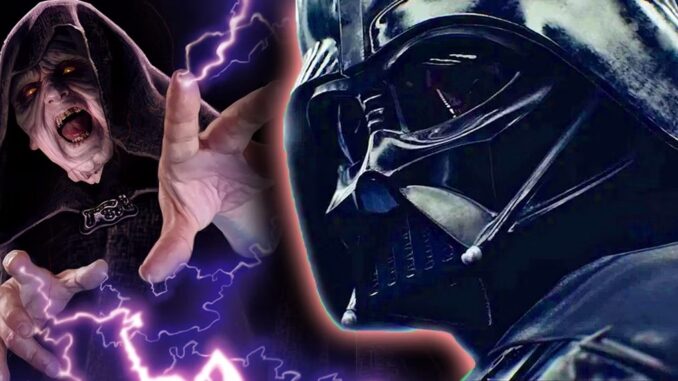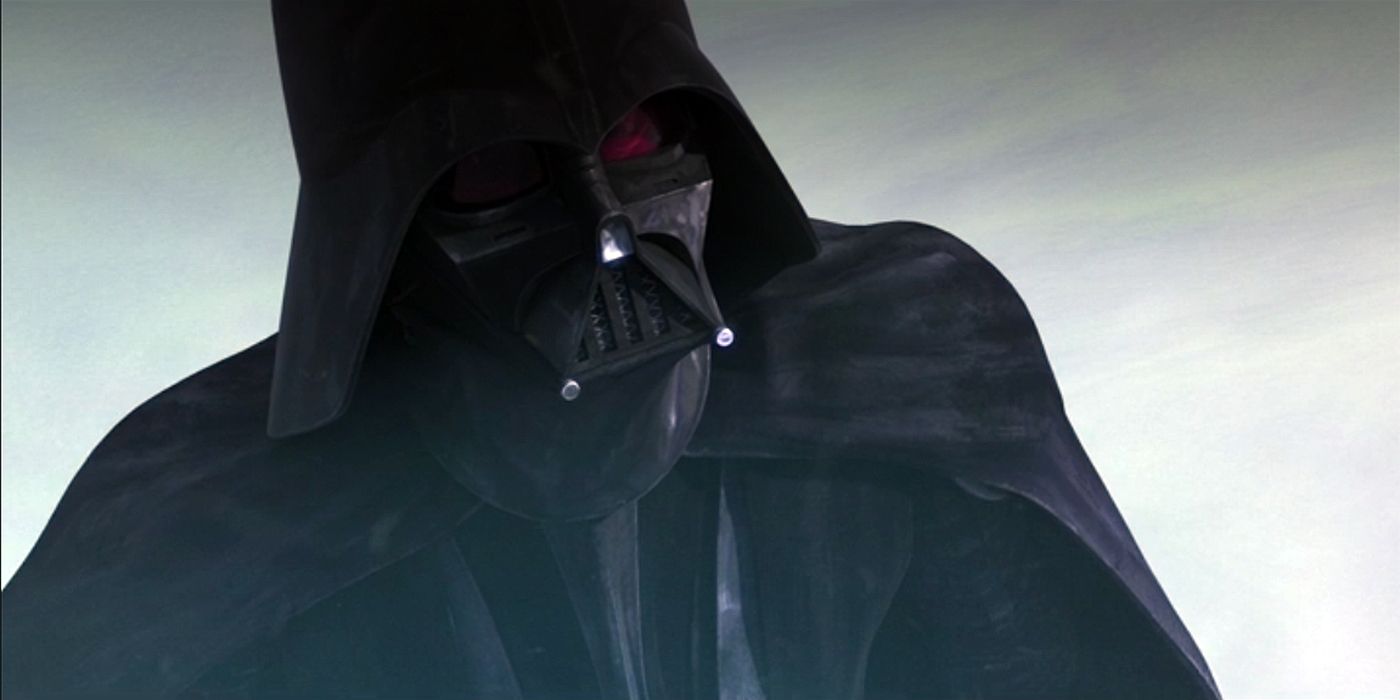
Star Wars’ Creepiest Moment Arrives at the End of A New Hope – by Accident
In Star Wars: A New Hope, Darth Vader’s true self is expertly hidden. However, a brief technical slip-up creates a truly creepy moment.

The creepiest villains of Star Wars come in all shapes and sizes. They can be as gargantuan and offputting as Jabba the Hutt or as sinister and calculating as the Sith. However, few compare to Darth Vader, who was initially shrouded in mystery. In fact, it wasn’t even confirmed he was human at any point in A New Hope. But leaving this detail unmentioned makes a single moment in the film’s climax one of the creepiest accidents in the series. Not because of what is said but because of what is shown just behind the mask of the legendary Sith Lord.
In Star Wars: Episode IV – A New Hope, many of the costumes were far from perfect. That includes the look of Darth Vader. In The Empire Strikes Back, some small changes were made to the design to better fit the character. Aside from his shoulder straps being hidden under his chest guard, another noticeable change was his mask’s eyes. In A New Hope, Vader’s lenses had a red filter, which offset the black in his outfit and also helped obscure actor David Prowse’s eyes in most scenes. In the sequel, however, they were changed to a brown filter following one minor accident in A New Hope.
During the assault on the first Death Star, the Rebels’ successful attack forces the Empire to scramble their starfighters to lead an offensive. Among the pilots is Vader, who leads a small attack squad. His main goal is to destroy any Rebel fighters making a bombing run on the Death Star’s exhaust port. As Luke makes his way to the location, Vader is in hot pursuit. Before the Millennium Falcon arrives to fire on the Dark Lord, a brief shot reveals the eyes behind the mask. His eyes are visible because the red lights from the blaster match the red filter, making Prowse’s eyes clear as day for just a moment. While it’s obvious that an actor brought the character to life, the in-universe implications at the time make for a truly unsettling realization.
During the entirety of A New Hope and for the first part of Empire Strikes Back, Darth Vader seems more like a soulless, evil creature than an actual person. He has no origin, and his robotic voice implies he might not even be human. The way he follows Grand Moff Tarkin’s orders also suggests he could be under his command to some capacity. However, for those that see Vader’s eyes in the film, it becomes clear that there is actually a living person wearing the suit. The unsettling aspect of the reveal is that by the time it’s shown, Vader has already tortured Leia for information and forced her to watch her planet be destroyed. Knowing that a man was behind these unspeakable acts means that whoever is inside the suit is truly vile since he knows what he is doing to innocents.
As far as the canon goes, one possible reason this chilling addition exists is to represent the loss of humanity within Anakin Skywalker. Following the release of A New Hope, a couple of prequel projects showcase Vader’s eyes within the red filters. Chronologically, they are seen when Vader returns to the last known location of Ahsoka Tano in the finale of Star Wars: The Clone Wars. It shows that there is still a part of Anakin that is alive within Vader as he laments the loss of his friend. It’s again shown in Rogue One: A Star Wars Story, which is set immediately before A New Hope. Once the red filter becomes brown, it could signify that Anakin is well and truly gone until Luke brings him back from the Dark Side.
What makes the accident in the original film even more interesting is that even after all of the special edition remasters overseen by George Lucas, this small mistake has never been changed. One possible reason is that there are always supposed to be hints of humanity seen within Vader, even if they are shrouded by darkness. Nevertheless, few moments in Star Wars can compare to the unsettling realization that this imposing evil figure was once no different than any other human.
